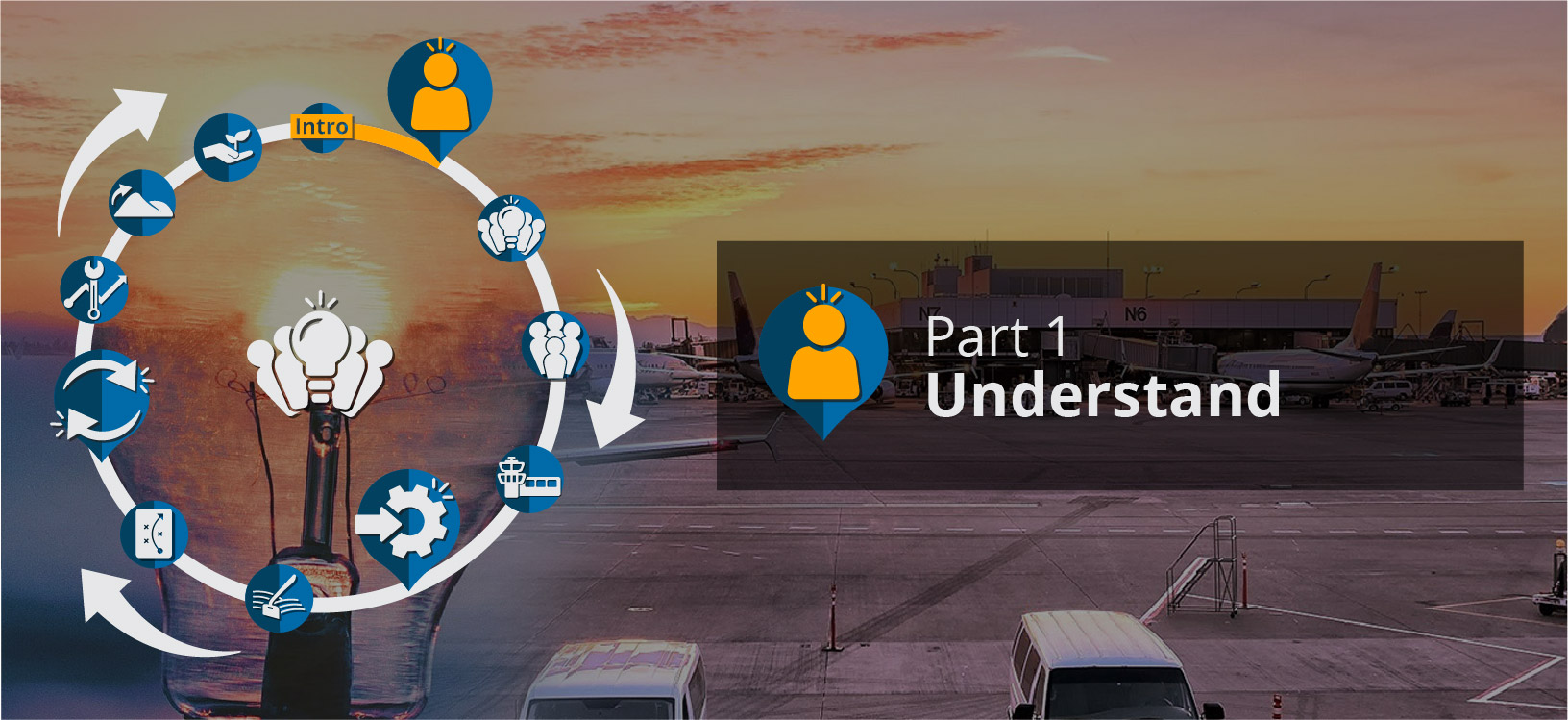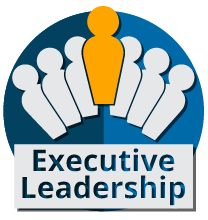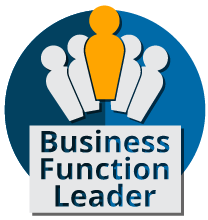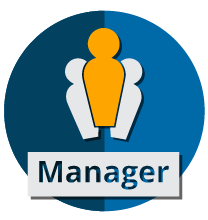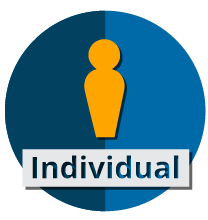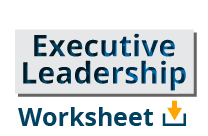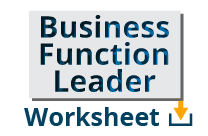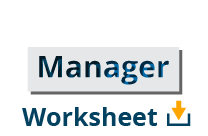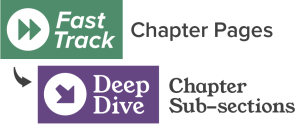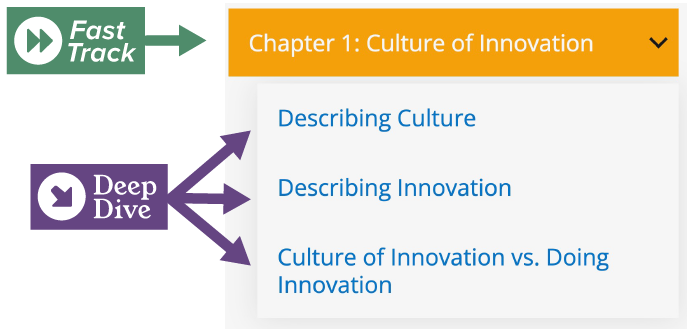In 1971, Albert Mehrabian (currently professor emeritus of psychology, University of California, Los Angeles) undertook a research project that concluded there are basically three elements in any face-to-face communication: 1) words, 2) tone of voice, and 3) body language. These three elements affect the meaning of the message to different degrees: Words account for 7% of the message, tone of voice accounts for 38% of the message, and body language accounts for 55% of the message (Mehrabian, Silent Messages, Belmont, CA, 1971, https://eric.ed.gov/?id=ED070130). With this in mind, consider the communication methods you choose. When you use email or text, you are leaving out the voice and body language elements, which can diminish how much (or at least how quickly and effectively) you can communicate. Voice calling can increase your capabilities—video calling even more—yet no method beats face-to-face interactions, as many can attest after the COVID-19 pandemic. Be cognizant of these dynamics when seeking to improve communication and move toward a culture of innovation.
